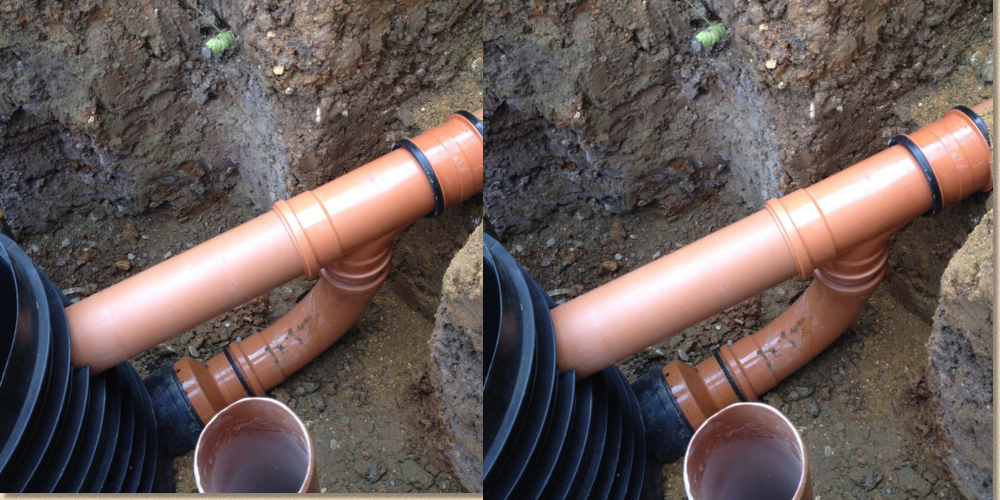While an inspection chamber can be a helpful tool in maintaining a drainage system, it is not a guarantee against poor drainage performance. There are several factors that can cause poor drainage, even with an inspection chamber in place. Here are some of the common issues that can lead to poor drainage:
- Blockages in the drainage system – even with an inspection chamber, blockages can still occur in the pipes. If these blockages are not detected and cleared in a timely manner, they can cause backups and flooding.
- Inadequate pipe sizing or design – if the pipes are too small or the drainage system is not properly designed, it can lead to poor drainage performance. This can cause water to accumulate and potentially damage the site or surrounding areas.
- Improper installation of the drainage system – if the drainage system is not installed correctly, it can lead to leaks, blockages, and poor drainage performance.
- Soil conditions – poor soil conditions, such as high clay content or high water table, can also cause poor drainage performance.
If you want professional guidance and one on one consultancy, then get there and book the session.
Process of shipping inspection chambers
Shipping inspection chambers involves several steps to ensure that they are transported safely and arrive at their destination in good condition. Here is a general process of shipping inspection chambers:
- Packaging – Inspection chambers are typically made of heavy-duty materials such as concrete or plastic, and they are often quite large and heavy. To protect them during shipping, they are usually packaged in sturdy wooden crates or pallets. The packaging should be designed to prevent any movement or shifting during transportation.
- Transportation – Inspection chambers can be shipped via land, sea, or air depending on the distance and urgency of the delivery. For longer distances, sea or air transportation may be necessary. During transportation, it is essential to ensure that the packaging is secured and stable to prevent any damage.
- Delivery and unloading – Upon arrival at the destination, the inspection chambers are unloaded from the transport vehicle using specialized equipment such as cranes or forklifts. It is important to ensure that the unloading is carried out safely and that the inspection chambers are placed in the correct location.
- Inspection – Once the inspection chambers are delivered and installed, it is important to carry out a thorough inspection to ensure that they are in good condition and meet the required standards. This may involve checking for any cracks, leaks, or other damage that may have occurred during transportation.
- Maintenance – Regular maintenance of the inspection chambers is essential to ensure that they continue to function properly. This may involve cleaning the chambers, removing any blockages, and carrying out repairs or replacements as necessary.
Lastly, inspection chambers can be shipped safely and efficiently to their destination, ensuring that they are ready to perform their vital role in the drainage system by following these steps

